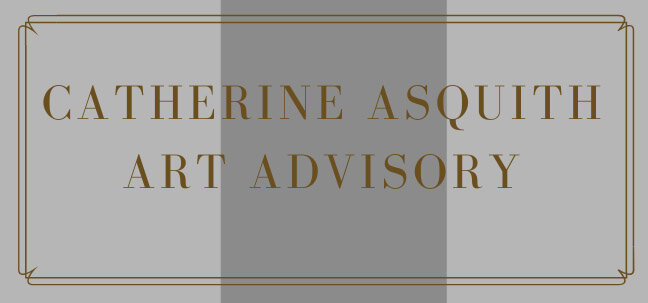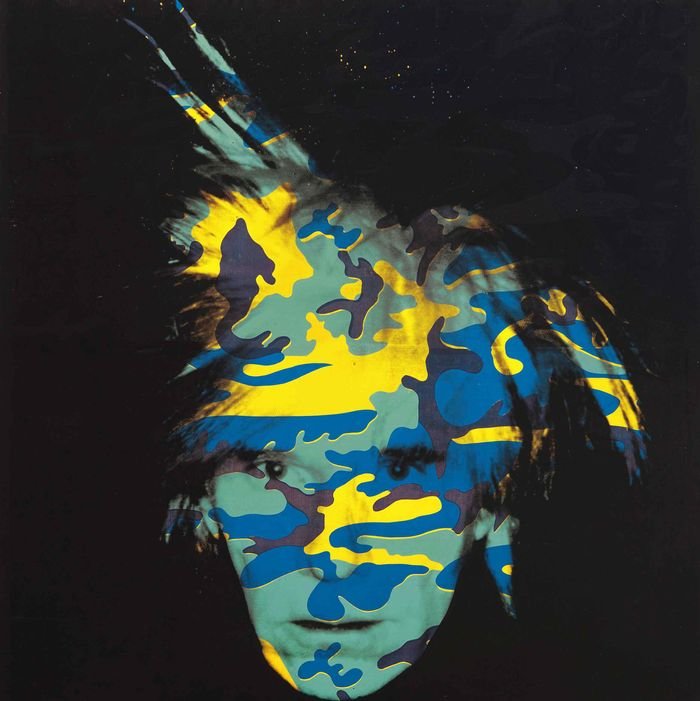Recently Nick Miller, arts writer for The Age, interviewed me regarding how auction houses set their estimates and how often are they ‘on the money’, in light of the forthcoming marquee auctions in New York and in particularly the widely publicised “Shot Sage Blue Marilyn”, Lot 36A of Christie’s sale on 9 May**, with an “in-house” estimate of US$200m.
There are invariably a combination of factors or elements which inform estimates:
firstly, the auction house endeavours to meet the Vendor’s instructions, albeit tempered by market specialist advice;
the estimate is in line with the reserve;
previous auction results for that artist and/or a similar work, i.e. composition, dimensions, and even year are taken into account;
provenance, the ‘pedigree’ or history of the artwork from artist’s studio to current owner is a vital component and comprises research and investigation into:
Ø what collection has it come from and the significance of that collection;
Ø how long has the work been in that collection;
Ø was the work acquired from a gallery, dealer or auction house;
Ø is it fresh to market, or, in the alternative, if the work has been at auction too often, even if it has sold, on occasions this can work to its detriment and all in likelihood the auction house will lower the estimate;
Ø what is the condition of the artwork;
Ø what are the current market values for the artist or that style of work, for example, is figuration currently the ‘choice de jour’;
Ø what’s the market support for the artist? For example, is the artist having sell out exhibitions, being included in any major museum shows. Gallery representation is also a significant factor, especially internationally, and when it comes to the higher end of the market; and, how many & which museums have collected work by the artist;
Ø subject matter can also have a bearing on estimate setting: is it a pleasing subject or does the work present challenging motifs or iconography;
Ø and finally, is the work in the catalogue raisonne? (a published inventory of all the artworks an artist has produced throughout their career).
In the case of a work by Andy Warhol, an auction house would include all of the above factors when setting estimates. In addition, the inclusion of the work in the Warhol catalogue raisonne is also especially pertinent; Warhol’s output was considerable during his four enormously productive and intensely inventive decades. Warhol’s market is also clear about favoured or coveted works; a ‘Marilyn’ work would reach a broader audience than say, a work from his ‘electric chair’ series.
And to the second part of the enquiry: how often are the auction estimates right?
I would suggest for the most part they are ‘on the money’; auction houses do know the market, know their clientele, and invariably before an auction they do have some sense as to the outcome of the sale.
The strategy with setting the ‘right’ estimates is to enthuse potential buyers, and garner buoyant bidding at the sale; start too low or too high the work may pass at the sale; it could even become ‘burnt’, especially if it has been to auction before. The ‘batting average’ is 85% by volume and 90% by value.
Auctions houses are at the behest of socio-political factors, the economy and indeed, the whims of collectors; so, there are occasions when they may misjudge the market. But there are certain strategies which auction houses will utilise as a means of risk management.
So for example, the marketing department will devise specific PR campaigns in the lead up to selected sales; the house may tour part or all of a premium or blue chip auction; or, relegate a particular sale to another region, so perhaps Hong Kong for example may be the better platform for certain inventory; and with certain blue chip inventory, most US and more especially NY auction houses will invariably seek third party guarantees. (As in the Macklowe Collection’s Warhol @ Sotheby’s which also has an irrevocable bid.)
**Since then, the work sold for a hammer price of US$170m, with fees the total sale price was US$195m, making it the most expensive work by a 20th-century artist ever to be sold at auction. Read about the auction here and other auction highlights of the week here
Read the full article here



